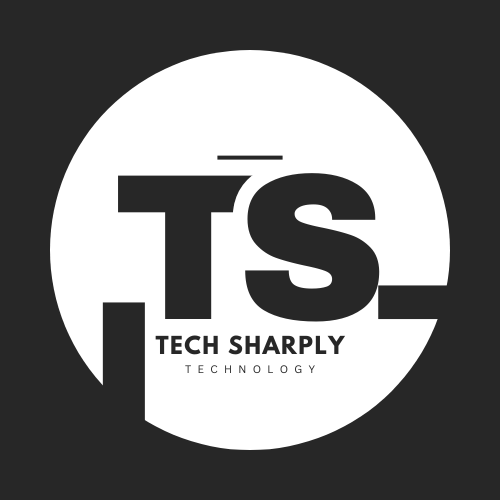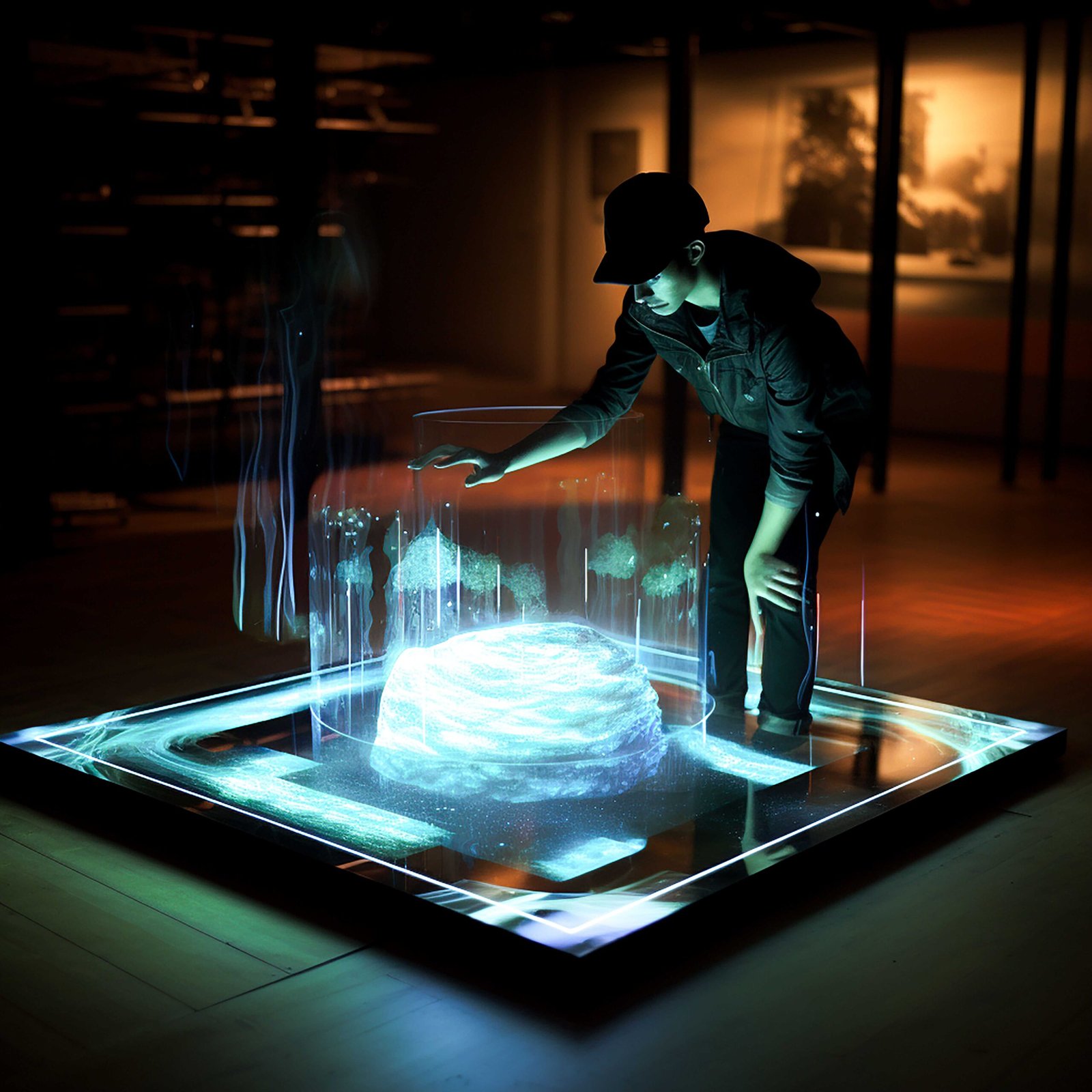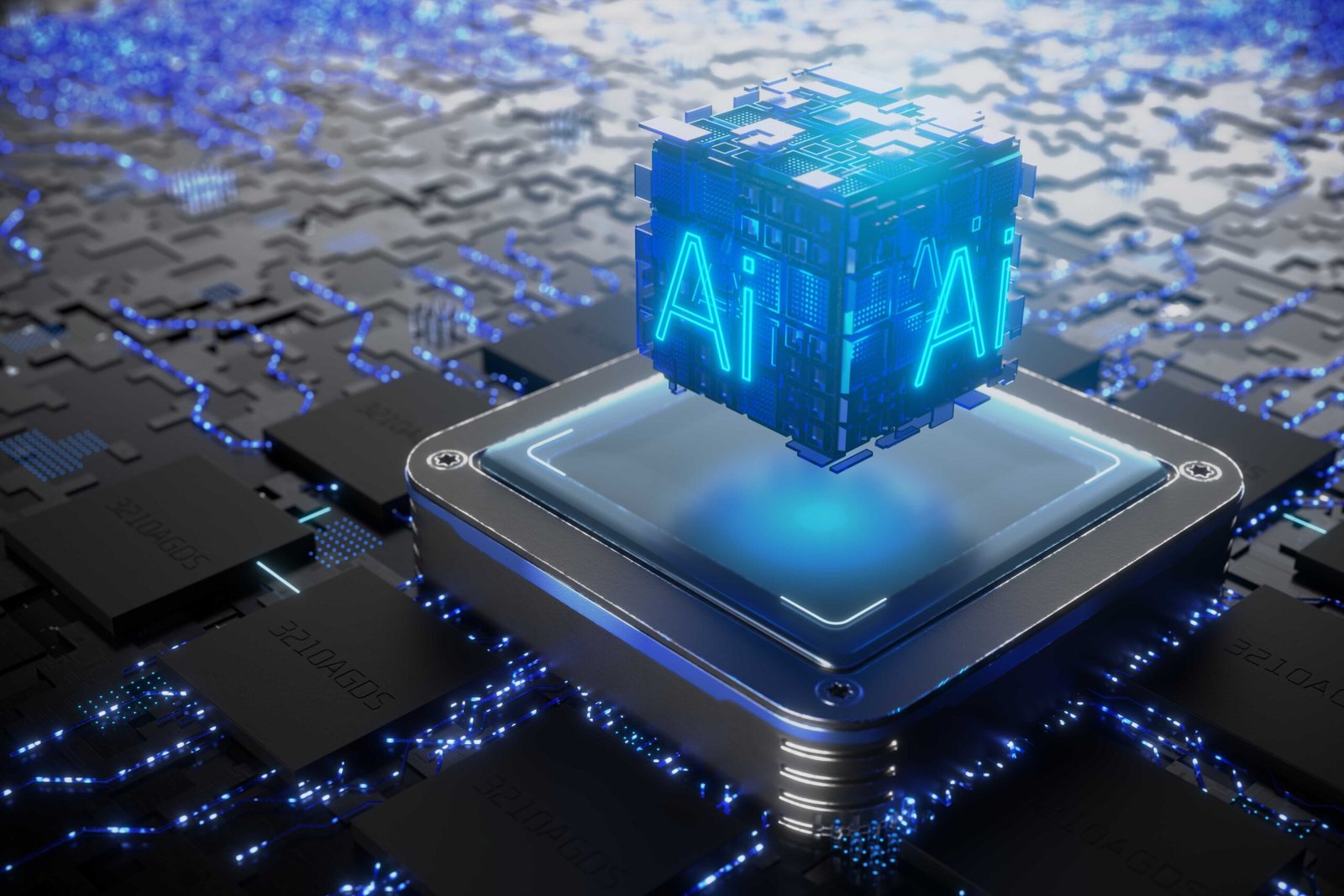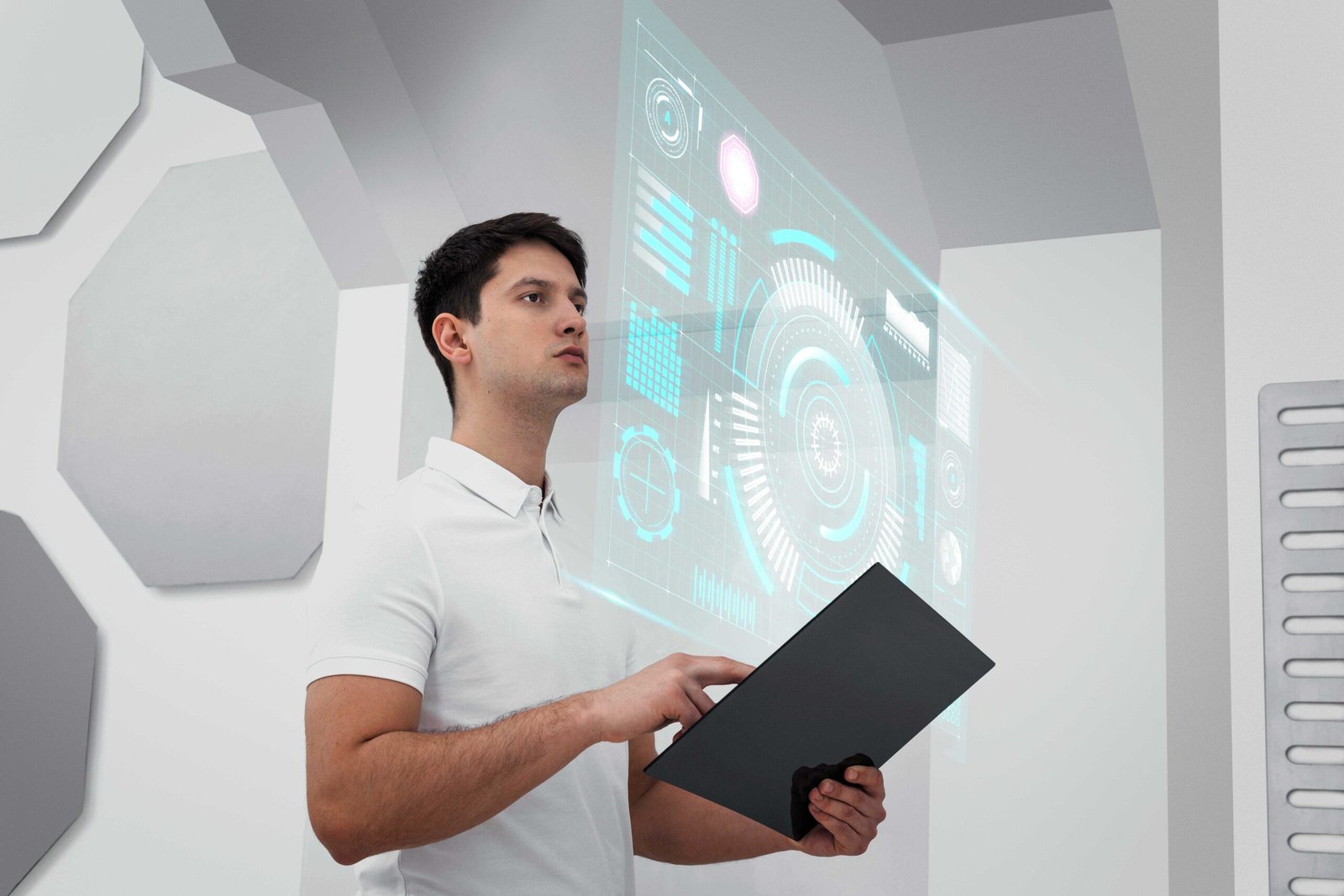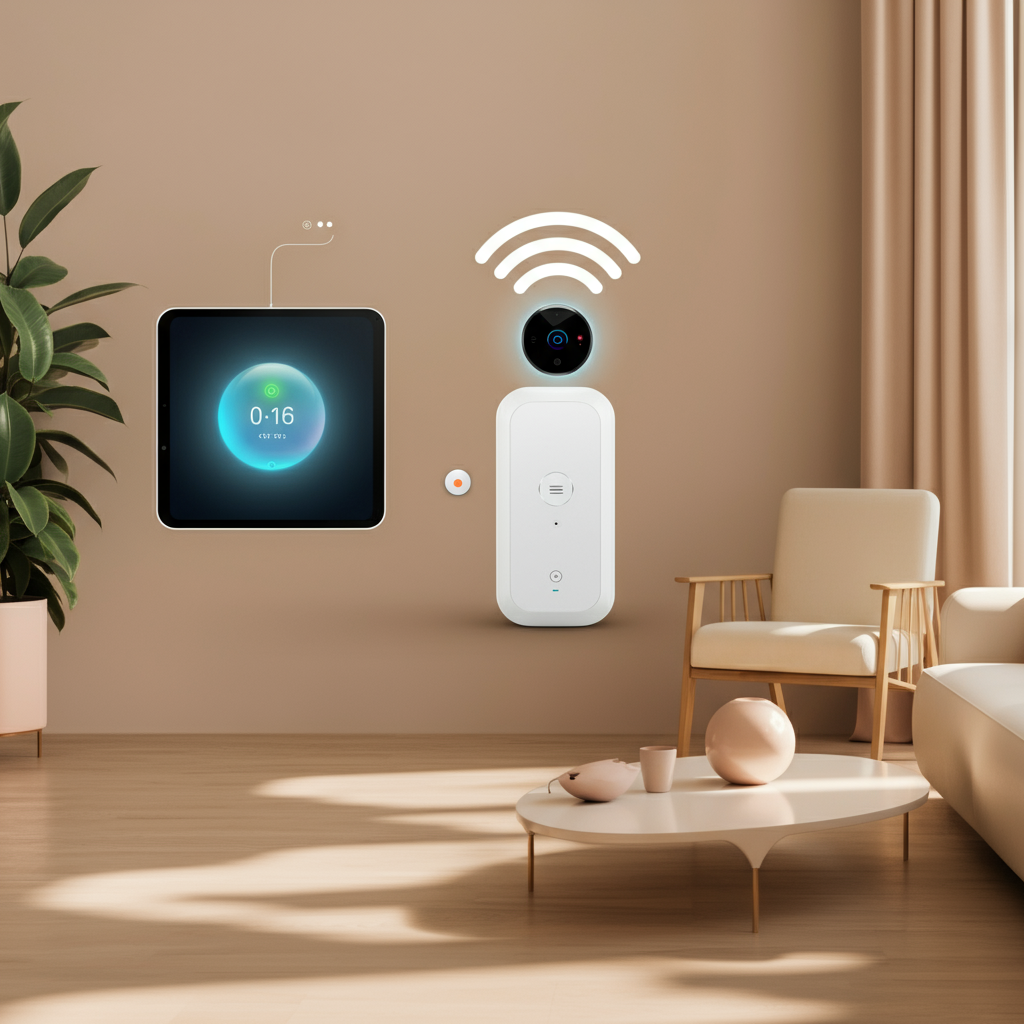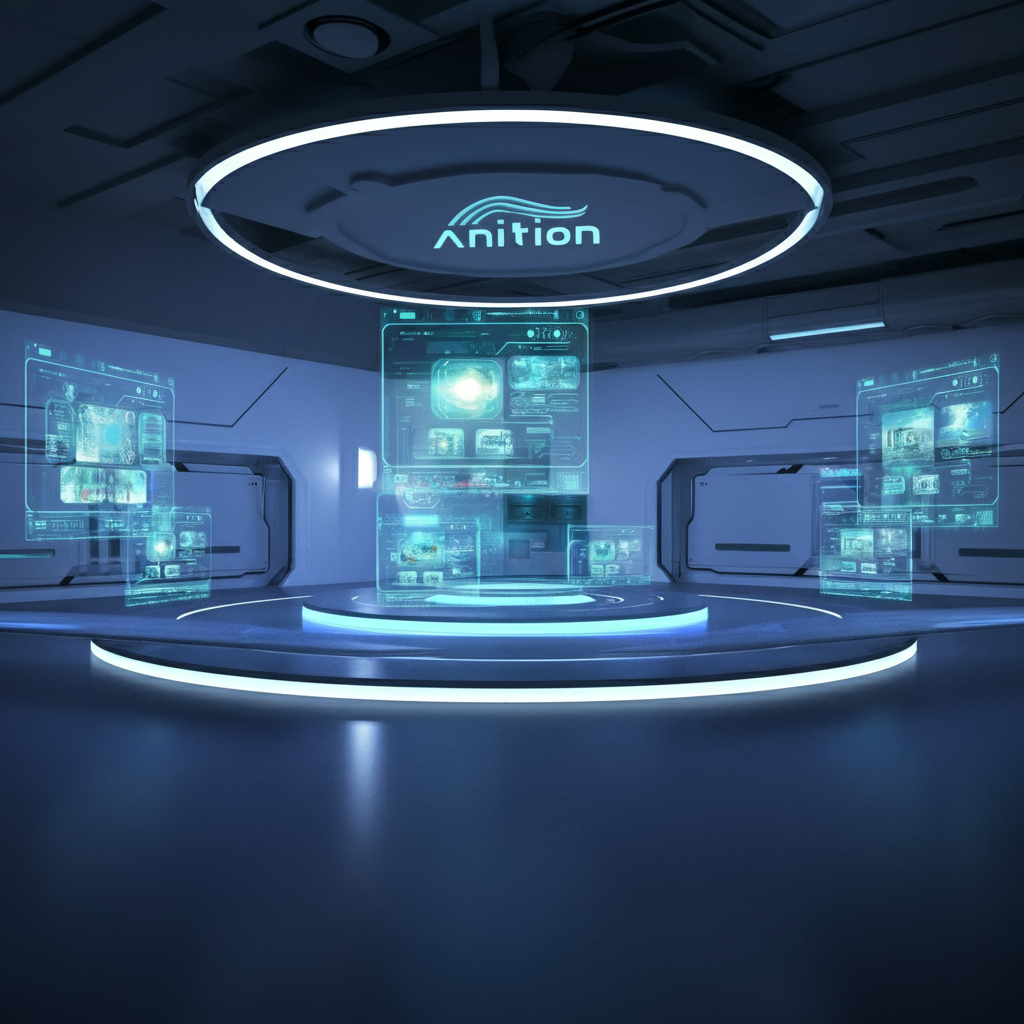Design Technologies Ultra is no exception in a time when technology is changing all aspect of our life. From fashion to architecture, the use of , Design Technologies Ultra combines cutting-edge technologies and techniques to simplify procedures and boost imagination is transforming sectors, providing fresh opportunities and reinventing our production methods. Highlighting how these developments are revolutionizing sectors and the future they augur, this essay investigates the modern tools and trends driving the next generation of design.
Revolutionizing Design: The Latest design technology ultra Tools
Introduction to Design Technologies Ultra
Leading innovators, Design Technologies Ultra combines cutting-edge technologies and IOT techniques to simplify procedures and boost imagination. Maintaining cutting edge is absolutely vital in a competitive environment. Companies implementing these technologies not only increase their operational effectiveness but also significantly outperform their rivals.
Key Innovations in Design Technology
AI-Powered Design Tools
AI is everywhere in design as it provides strong tools improving efficiency and creativity. From architecture to graphic design, AI systems can create intricate patterns, improve layouts, and even project trends.
3D and Virtual Reality Modeling Software
VR and 3D modeling have changed the phases of design’s visualization and prototyping. These technologies let designers build immersive settings, hence improving comprehension and concept iteration before actual manufacturing.
Augmented Reality (AR) for Interactive Design
Offering engaging design experiences, AR closes the distance between the actual and digital worlds. In retail, for instance, AR helps consumers see goods in their surroundings before buy, therefore improving decision-making and lowering returns.
Generative Design and Machine Learning
Generative design uses algorithms to investigate a wide range of design variations, therefore generating ideal solutions that a human designer could not have seen. Through iterative learning from results, machine learning improves these designs even more.
Collaborative Platforms and Cloud-Based Design Tools
By removing geographical restrictions and enabling worldwide teams to operate in real-time, cloud-based tools help to facilitate flawless cooperation. Without requiring high-end hardware, these systems also provide strong processing capability and storage options.
Case Study: How AI is Transforming Graphic Design
Tools like Adobe’s Sensei and Canvas’s Magic Resize artificial intelligence have fundamentally changed graphic design. These systems greatly increase production and creativity by automating repetitive processes, suggesting design enhancements, and even producing bespoke designs depending on user inputs using artificial intelligence.
Next-Level Design: Exploring Cutting-Edge Trends in Technology
What Are the Emerging Trends in Design Technology?
Eco-friendly and sustainable design methods
Sustainability has front stage as designers apply ecologically friendly materials and methods. Technologies like 3D printing save waste, and artificial intelligence helps to maximize resource utilization, therefore enabling better design methods.
Automation and Efficiency in Design Processes
By streamlining design processes, automation technology lowers time to market and mistakes. Rapid prototyping and iteration made possible by automated processes in technologies like Autodesk Revit are vital in fast-paced sectors.
Case Study: Generative Design in Architecture
One example of generative design used brilliantly is by architectural company Zaha Hadid Architects. Parametric design and generative algorithms helped to produce intricate, efficient buildings pushing the envelope of traditional architecture in projects like the Leela SOHO in Beijing.
Industry Insights: Advanced Design Technologies Shaping the Future
How are Different Industries Adopting Ultra-Modern Design Technologies?
Architecture and Urban Planning
Modern architecture depends on advanced design technology, which permit creative, sustainable, and effective urban planning. For example, digital twins replicate metropolitan settings, therefore maximizing infrastructure and resource allocation.
Automotive and Aerospace Design
Particularly in the automotive and aerospace sectors, VR and generative design are very vital. They help lightweight, aerodynamic components to be developed, hence enhancing performance and fuel economy.
Fashion and Textile Innovations
Using artificial intelligence and augmented reality, the fashion business is developing sustainable manufacturing techniques and tailored shopping experiences. Tools like CLO 3D allow real-time design changes and virtual garment fitting.
Product Design and Consumer Technology
Using IoT and artificial intelligence, product designers construct smart, linked products that predict consumer demands and fit usage patterns, therefore providing increased functionality and user experience.
Case Study: VR and AR in Automotive Design
Using VR for virtual prototyping and AR for improved production, the automobile sector—best represented by firms like BMW—uses These technologies shorten development times and expenses, therefore guaranteeing speedier release of higher-quality cars.
The Future of Design: How Ultra-Modern Tools Are Transforming Industries
What Will the Future Hold for Design Technologies?
AI Advancements in Predictive Design
The predictive powers of artificial intelligence will help designers to foresee customer tastes and market trends, hence guiding more strategic and effective product introductions.
The Rise of Autonomous Design Systems
By managing repeated design tasks, autonomous systems will help designers to focus on innovation and creativity. Artificial intelligence-driven platforms will enable autonomous design—where systems learn and develop to meet difficult design challenges.
Integration of IoT and Smart Design
IoT will progressively affect design since smart, linked goods with improved functionality and data-driven insights help to optimize design and performance.
Sustainable, Circular Design Models
Emphasizing sustainability, circular design produces goods that reduce waste and optimize resource efficiency all through their lifetime, therefore supporting environmental aims.
Case Study: IoT and Smart Product Design in Consumer Electronics
Leading companies in adding IoT into consumer gadgets include Apple and Samsung. Their products provide flawless connection and clever features meant to improve user experience and inspire industrial innovation.
From AI to VR: The Evolution of Ultra Design Technologies
How Have Design Technologies Evolved Over the Years?
From Traditional to Digital: The Evolution Path
From hand drawing to computer tools, design has evolved to provide faster, more exact, and imaginative results. AI and VR are pushing the envelope of what is feasible in this ongoing transition.
The Role of AI and Machine Learning in Modern Design
Modern design is mostly based on artificial intelligence and machine learning as they provide tools to improve creativity, automate tasks, and maximize results. They enable designers to investigate fresh boundaries in efficiency and originality.
VR and AR’s Impact on Design Interactivity
VR and AR have created dynamic and interesting designs that provide immersive experiences improving knowledge and communication of difficult concepts.
Case Study: Machine Learning in Customizable Product Design
Customizable design options made possible by machine learning abound, as evidenced by Nike’s bespoke shoe design tool. These technologies let consumers personalize goods, therefore strengthening brand loyalty and happiness.
Questions and Answers: Addressing Key Design Technology Challenges
How to Overcome Common Challenges in Adopting Ultra-Modern Design Technologies?
How Can Companies Ensure Security in Cloud-Based Design Tools?
Implementing strong cybersecurity systems, frequent audits, and staff training helps to ensure security by safeguarding private information and thereby preserving confidence.
What Are the Ethical Considerations for AI in Design?
Ensuring openness, minimizing prejudices in AI models, and honoring user privacy are among ethical issues that support responsible AI use.
How Do Teams Integrate VR/AR with Traditional Design Practices?
Integration calls for multidisciplinary cooperation, training investments, and hybrid approaches combining new and conventional techniques.
What Strategies Ensure Design Sustainability and Eco-Friendliness?
Supporting environmental projects, sustainability tactics center on employing green resources, waste minimization, and circularity design.
Challenges in Implementing Ultra-Modern Design Technologies
Keeping Pace with Rapid Technological Advancements
The fast development of technology implies that design tools and platforms are always changing; so, companies may have to routinely replace their systems. For new gear and software, this quick speed increases expenses, therefore stranding businesses financially. A major outlay is also the necessity of regular training to maintain staff members’ abilities current. Companies run the danger of lagging behind without constant upskill as the sector needs the most recent knowledge. This difficulty highlights in current design contexts the need of both financial and skill-based flexibility.
Disruptions in Traditional Workflows
as modern technologies as IoT, VR, and artificial intelligence into current procedures sometimes upsets established procedures. These sophisticated tools might cause compatibility problems with previous systems, which would complicate team maintenance of flawless operations. Changing to new technology calls for rigorous transition planning and assistance since even little interruptions could cause delays or lower output. One of the biggest challenges facing companies is guaranteeing seamless integration without sacrificing quality or efficiency. Maintaining legacy processes and embracing innovation depend on well controlling this integration.
Addressing Data Security and Privacy Concerns
Data security has grown to be a major issue for businesses using current design technology as dependence on cloud-based solutions rises. Sensitive data kept and handled on the cloud calls for strong cybersecurity policies like encryption and tight access limits to stop leaks. Reduced risks depend on regular security assessments and proactive monitoring. Design teams handling significant private data require a complete approach to security to guard against cyber threats and illegal access. These steps safeguard corporate integrity and assist clients to develop trust.
Ensuring Equitable Access to Advanced Technologies
For smaller businesses and companies in underdeveloped areas, high expenses connected with the newest design innovations may present obstacles. This cost issue can restrict access to creativity and cause differences in competitive advantages. Exclusion of startups or smaller businesses closes the technological gap, therefore influencing their market prospects and general development potential. Fostering a more inclusive, competitive environment depends on efforts to make sophisticated technologies more available. Leveling the playing field guarantees that creativity benefits every industry and area.
Navigating Ethical Considerations in Design Innovation
Using artificial intelligence in design begs moral concerns, especially with relation to algorithmic openness and possible biases. Building confidence in AI systems depends on their being fair, open, and objective. Companies have to aggressively try to eliminate any natural prejudices in AI algorithms and offer responsibility for decisions taken. Encouragement of ethical principles in artificial intelligence advances responsible innovation and good effects on society. Companies help to create a more fair and reliable design scene by concentrating on ethical artificial intelligence methods.
Conclusion: Embracing the Future of Design Technologies
Recap of Key Insights and Innovations
With tools and approaches that improve sustainability, efficiency, and creativity, Design Technologies Ultra is changing sectors. Using these technologies can help companies stay competitive and inspire creativity.
The Path Forward for Designers and Innovators
To be relevant and effective in a changing environment, designers and inventors have to keep educated, always adaptable, and make use of technology.
Final Thoughts on Adapting to Design Technologies Ultra
Learning to use design technology extreme presents hitherto unheard-of chances for development and creativity. Organizations that embrace these developments can redefine possibilities and help to drive design going forward.
FAQs: Addressing Common Questions About Design Technologies Ultra
What Are Design Technologies Ultra?
Design Technologies Ultra is the reference to the innovative technologies and approaches like IoT, VR, AR, and artificial intelligence changing the design domain. These technologies improve sustainability, efficiency, and originality, therefore enabling creative product creation in many different sectors.
How Do AI and Machine Learning Benefit Designers?
Designers now have tools from artificial intelligence and machine learning to automate tedious chores, examine consumer data, and project market trends. This helps more strategic design decisions and raises the possibility for distinctive, customized goods fit for consumer wants.
How Are VR and AR Used in the Design Process?
Virtual prototyping, immersive visualization, and improved user interaction made possible by VR and AR technologies help to simplify difficult design concepts by means of their application. In sectors like architecture and automotive where spatial design is vital, they are especially powerful.
What Is the Role of IoT in Modern Product Design?
Smart, linked gadgets with data-driven insights made possible by the Internet of Things (IoT) help to This connection gives goods enhanced features and lets them fit to customer behavior, hence improving user experience.
Why Is Sustainability Important in Design?
Since it guarantees resource economy and reduces environmental effect, sustainability is absolutely vital. Circular models and other sustainable design ideas help produce goods appealing to environmentally conscious consumers, satisfy legal requirements, and contribute to ecological balance.
How Can Companies Successfully Implement Ultra-Modern Design Tools?
Effective application calls for funding training, encouraging innovative cultures, and combining contemporary technologies with conventional methods. To realize the advantages of these technologies, businesses should also give cybersecurity, ethical artificial intelligence use, and sustainable design methods top priority.
